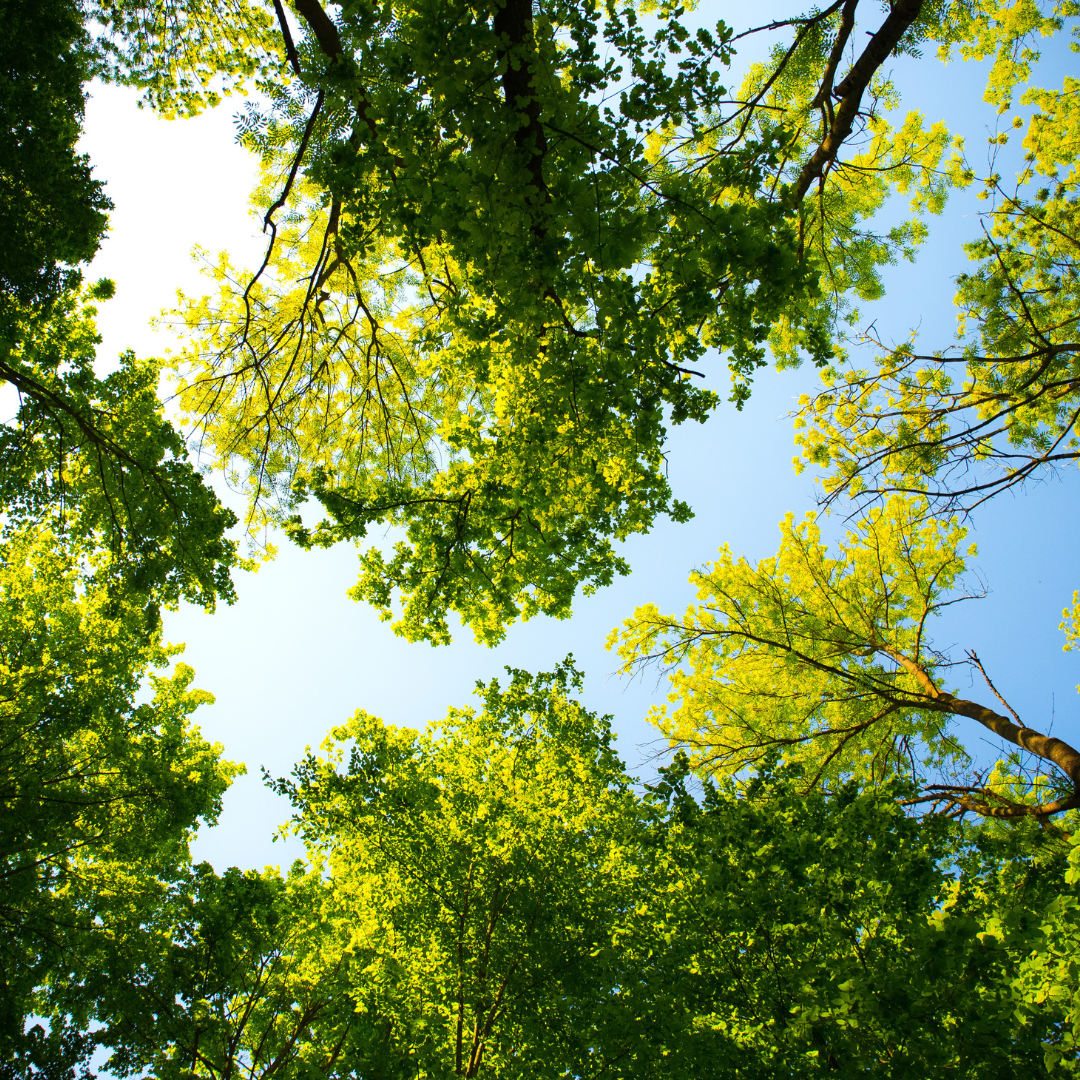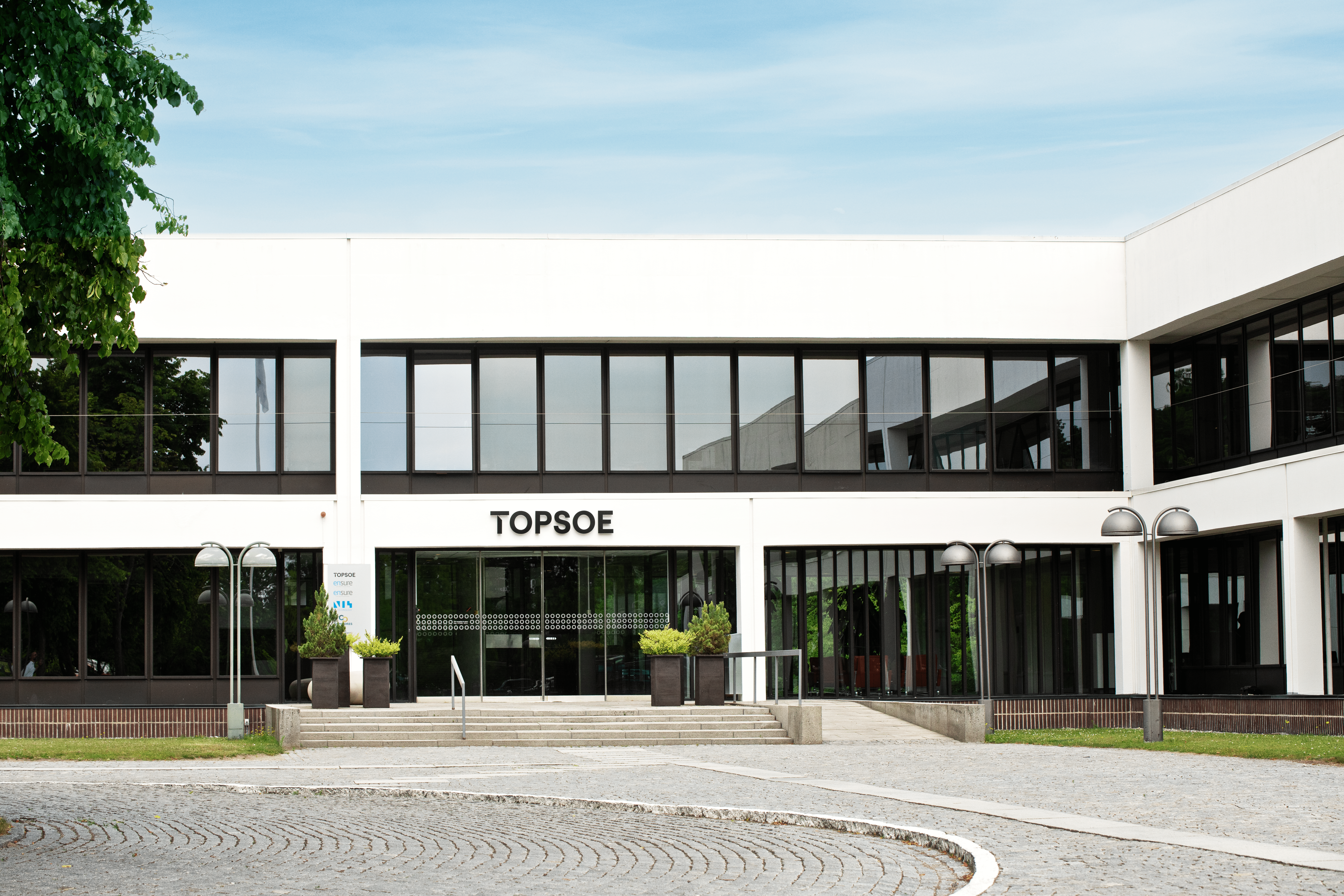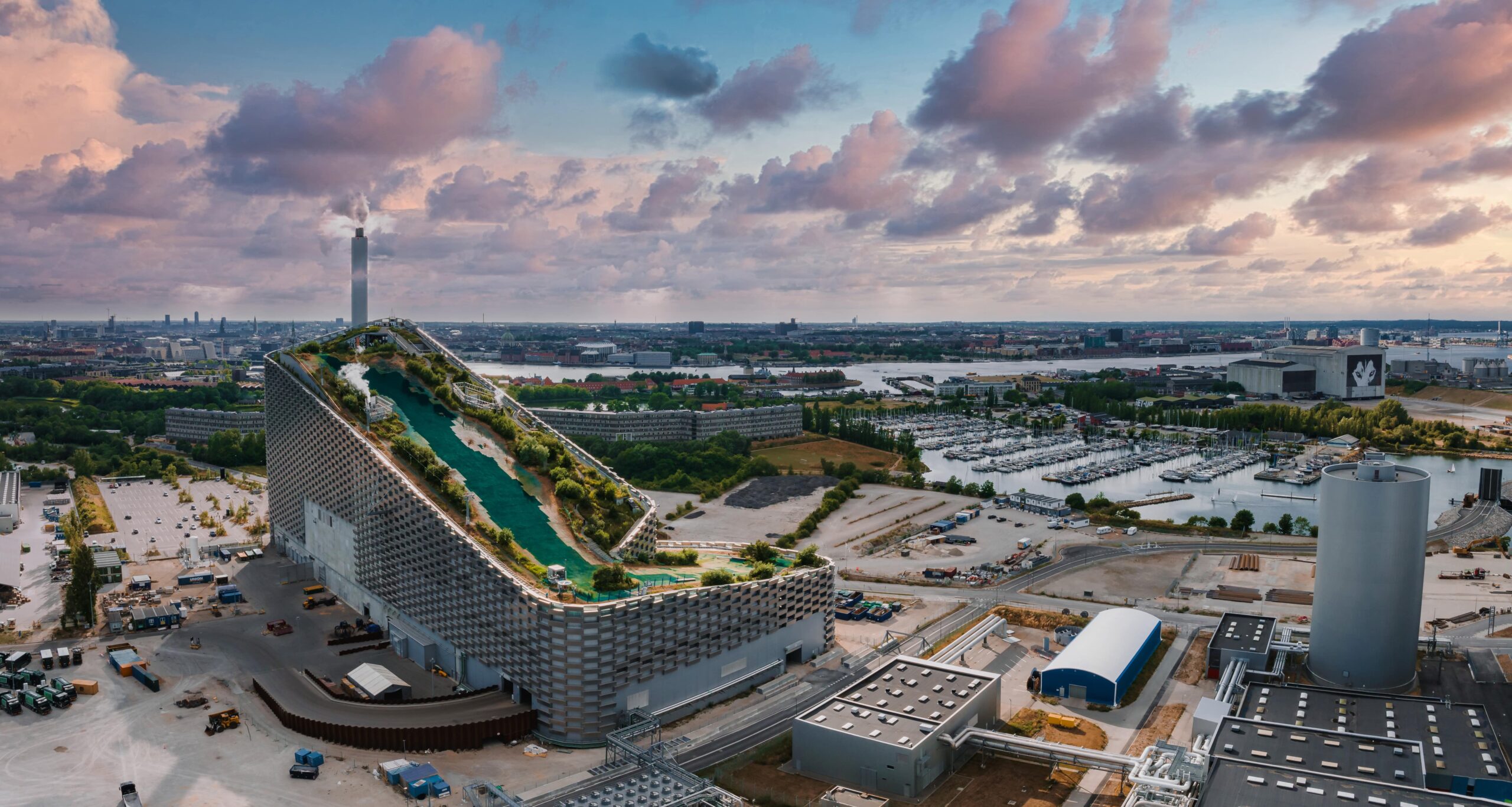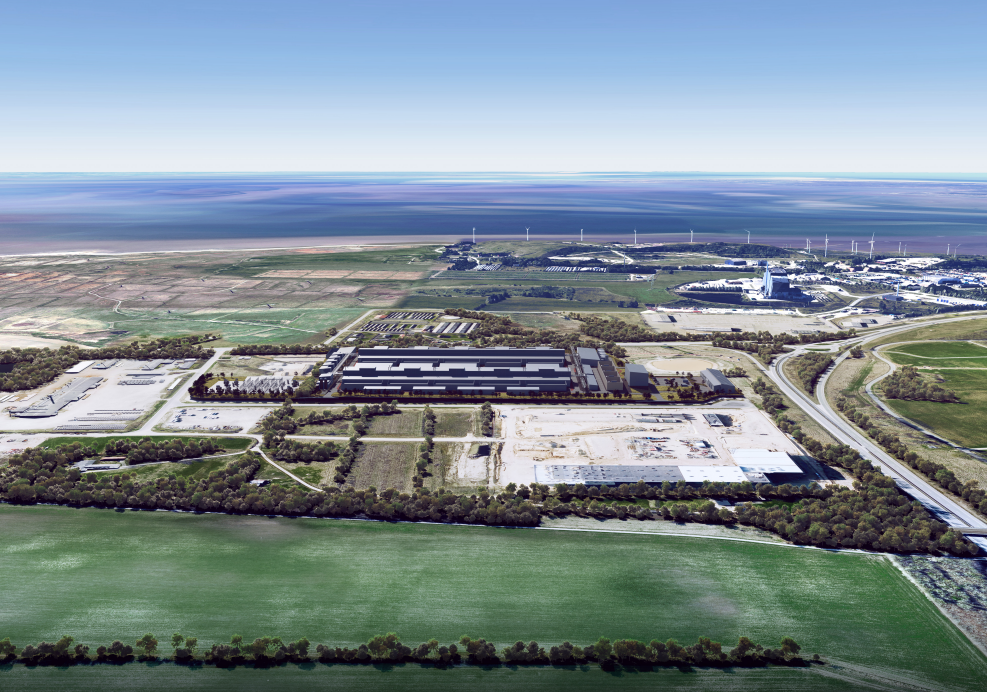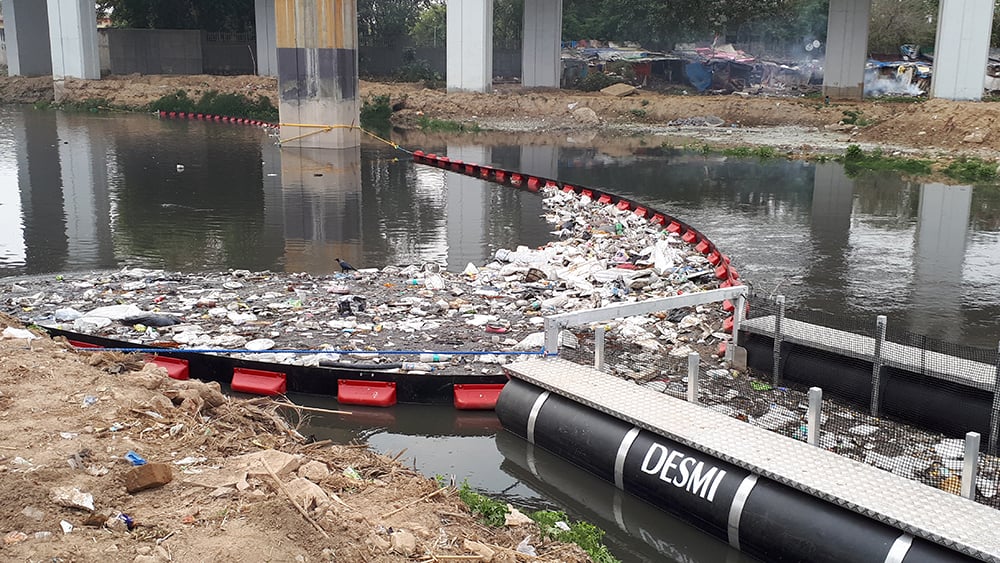News
Africa’s most sustainable flower farm to transform into an sustainable industrial park with new masterplan
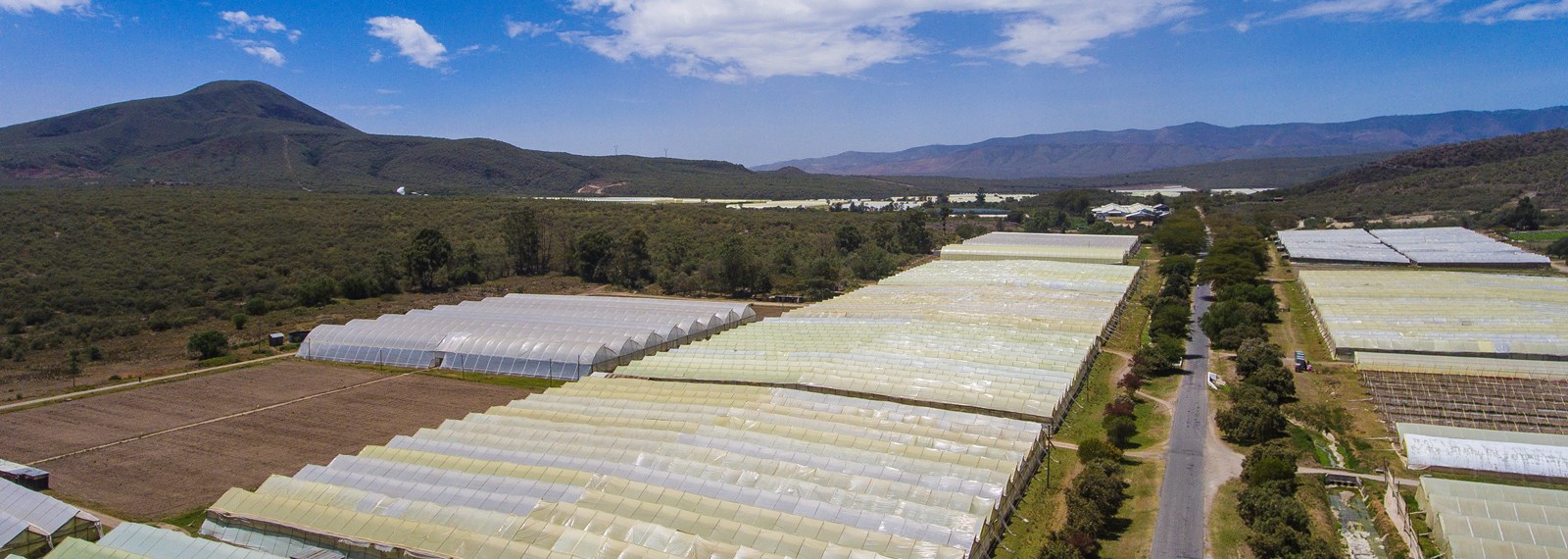

Lake Naivasha in Kenya is a freshwater paradise for hippos and flamingos. It sits at the northern edge of the Hell’s Gate National Park and has provided inspiration for the majestic settings of The Lion King. Here, amid beautiful nature and wildlife, you will find The Oserian Two Lakes Flower Farm.
The Oserian Flower Farm has the ambition to remain Africa’s most sustainable flower farm in all possible meanings of the phrase while expanding their activities at the site.
The company provides housing for its employees on site and its estate is home to over 11,500 people. Oserian has erected schools and hospitals for them to use and child birth mortality rates are at zero per cent.
Creating a sustainable special zone
However, it is neither easy nor particularly cheap to remain sustainable, and that is why Oserian Flower Farm is working with Danish companies NIRAS and the other partners of the P4G supported partnership SSEZ Africa.
The partnership is helping the flower farm through a sustainable transformation into an industrial park, by developing a masterplan that will create a Sustainable Special Economic Zone (SSEZ). The SSEZ is a vision of a vibrant industrial hub, with sustainable and low-carbon businesses as tenants, that coexists with nature and society instead of destroying it.
This ambition is supported by the local government which is in the process of awarding the area the status of a special economic zone which will provide companies with favourable tax and trading conditions.
Understanding both business and sustainability
Before a Sustainable Special Economic Zone can come into being at Oserian Two Lakes, the site needs to be prepared for potential new tenants, so they can see opportunities instead of limitations in settling in such lush surroundings, where wild Leopards and Buffaloes are never far away.
Crucial to this is a deep understanding of the possible needs of these companies, so that the infrastructure and services of the site are tailored to meet their needs, in both an economic and sustainable manner.
NIRAS and partners therefore help Oserian Two Lakes to determine what demand is within in range of areas such as spatial and utility requirements. A large textile company for example needs state of the art waste water solutions. This is not currently developed at the location, so part of the project is to conceptualize a waste water system that can treat and recirculate water from one area, for example a sustainable textile company, and utilise it, for example at the flower farm where the treated waste water can be used for irrigation.
Similar dilemmas, as well as potential sustainable solutions, are found across the many different sectors and individual companies, looking to move into the future industrial park.
You should consider reading
events
Carbon capture, storage and utilisation
+4

